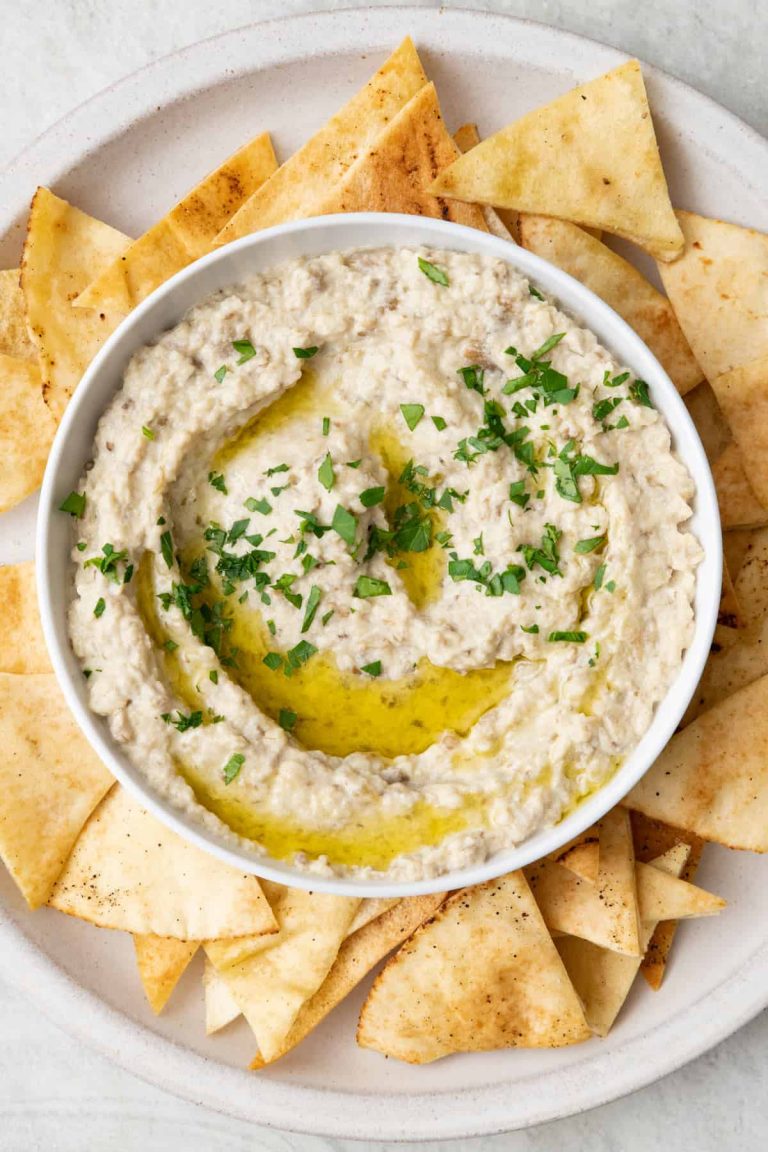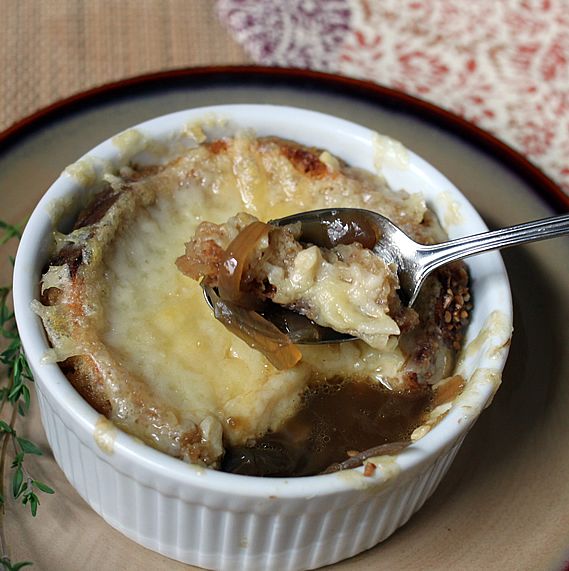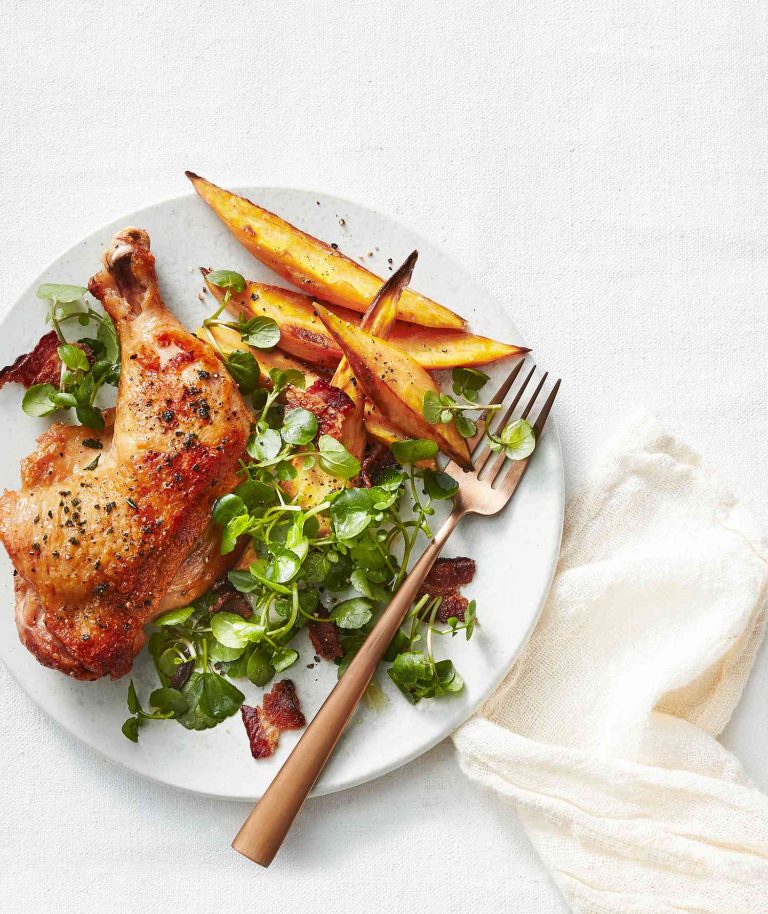Escarole and Beans Recipe: A Nutrient-Packed Italian Delight
Escarole is a leafy green vegetable, part of the chicory family, known for its slightly bitter flavor. It stands out from other greens due to its broad, curly leaves that vary in flavor, with the outer leaves being darker and more bitter while the inner leaves are lighter and milder. In Italian cuisine, escarole is often sautéed or added to soups, making it a versatile ingredient in various dishes.
Overview of Beans Used in This Dish
Cannellini beans, also known as white kidney beans, are commonly used in escarole and beans. These beans have a creamy texture and a mild flavor that complements the slightly bitter taste of escarole. They’re nutrient-rich, providing a good source of protein, fiber, and essential vitamins and minerals like iron and magnesium. In some variations, other beans like navy beans or great northern beans can be used, offering similar nutritional benefits and a unique twist to the dish.
Historical Background of Escarole And Beans
Origins of the Dish
Escarole and beans originated in Italy as a staple of peasant cuisine. Historically, Italians relied on cost-effective ingredients, including leafy greens and legumes, to create nourishing meals. Documentation shows that this dish dates back to at least the Middle Ages when escarole (Cichorium endivia) was common in Mediterranean gardens. The use of beans, particularly cannellini, added necessary protein and fiber to the diet.
Cultural Significance in Italian Cuisine
In Italian cuisine, escarole and beans symbolize simplicity and nourishment. This dish is synonymous with la cucina povera, which focuses on creating hearty meals from inexpensive, readily available ingredients. It’s traditionally prepared in southern regions like Campania and Calabria, celebrating local produce and flavors. Today, it frequently appears in family gatherings and festive occasions, highlighting its enduring cultural and culinary value.
Nutritional Value of Escarole And Beans
Health Benefits of Escarole
Escarole offers numerous health benefits, making it a valuable addition to your diet. It’s low in calories, with just 15 calories per 100 grams, but it’s rich in vitamins and minerals. You’ll find high levels of vitamins A, C, and K, which boost your immune system, improve skin health, and aid in blood clotting. Additionally, escarole contains a significant amount of folate, essential for DNA synthesis and repair.
Dietary fiber present in escarole aids in digestion and helps regulate blood sugar levels. If you include escarole in your meals, you’ll benefit from its antioxidant properties, which help combat oxidative stress and inflammation.
Nutritional Content of Beans
Beans, such as cannellini, navy, or great northern beans, are nutrient-dense and offer various health benefits. They provide an excellent source of plant-based protein, essential for muscle repair and growth. A 100-gram serving of cooked beans contains about 9 grams of protein, making them a suitable alternative for meat.
These beans are also high in dietary fiber, with approximately 6 grams per 100 grams, aiding in digestion and promoting heart health by lowering cholesterol levels. They deliver essential minerals like iron, magnesium, and potassium, which support red blood cell production, muscle function, and fluid balance.
Beans are rich in antioxidants and phytonutrients, which help protect your cells from damage and reduce your risk of chronic diseases. Including beans in your diet can support weight management and maintain healthy blood sugar levels.
Escarole and Beans Combined
The combination of escarole and beans creates a nutrient-dense dish full of health benefits. The vitamins, minerals, and antioxidants from escarole, paired with the high protein and fiber content from beans, make this dish a well-rounded, nutritious meal option that supports overall health.
How to Prepare Escarole And Beans
Ingredients Needed
You’ll need the following ingredients to prepare escarole and beans:
- 1 large head of escarole, cleaned and chopped
- 2 cups of cooked cannellini beans (or other white beans)
- 4 tablespoons of olive oil
- 4 garlic cloves, thinly sliced
- 1 small onion, finely chopped
- 1 cup of vegetable broth
- Salt and pepper to taste
- 1/4 teaspoon of crushed red pepper flakes (optional)
- Grated Parmesan cheese for garnish (optional)
- Prepare Ingredients: Clean and chop the escarole. Rinse the cooked beans. Slice the garlic. Chop the onion.
- Heat Olive Oil: Add olive oil to a large skillet. Heat over medium heat.
- Sauté Aromatics: Add garlic and onion to the skillet. Sauté until fragrant and translucent, about 3-5 minutes.
- Add Escarole: Place the chopped escarole into the skillet. Cook until it wilts, stirring occasionally for around 5 minutes.
- Combine with Beans: Add the cooked beans to the skillet. Stir to combine.
- Pour Vegetable Broth: Add vegetable broth to the mixture. Stir well.
- Season: Season with salt, pepper, and red pepper flakes if using. Adjust seasoning to taste.
- Simmer: Simmer the mixture. Cook until the broth reduces slightly, around 10 minutes.
- Serve: Serve hot, garnished with grated Parmesan cheese if desired.
These steps ensure a flavorful and nutritious dish, combining escarole and beans to maximize their health benefits and culinary appeal.
Variations of Escarole And Beans
Regional Twists on the Traditional Recipe
Different regions in Italy give escarole and beans their unique spin. In Southern Italy, you often encounter recipes that incorporate tomatoes for a tangier flavor. In Central Italy, recipes might include pancetta or sausage. Northern Italy’s versions often involve adding garlic, rosemary, or pine nuts. Each region brings its local ingredients, adding diversity to the basic recipe.
Vegan and Vegetarian Options
Creating vegan and vegetarian versions of escarole and beans is simple. Swap any meat-based broth for vegetable broth. For added protein, include extra beans or chickpeas. For a cheesy flavor without dairy, sprinkle nutritional yeast. If you prefer a creamier texture, blend half the beans before mixing them into the dish. These modifications maintain the dish’s nutritional benefits while catering to specific dietary preferences.
Conclusion
Escarole and beans is more than just a comforting Italian classic; it’s a nutrient-packed dish that fits seamlessly into various dietary preferences. Whether you’re drawn to the traditional recipe or eager to experiment with regional variations and vegan adaptations, this dish offers versatility and flavor. Perfect for a hearty meal, escarole and beans is a delicious way to enjoy wholesome ingredients while catering to your nutritional needs. Give it a try and discover why this humble dish has stood the test of time.






